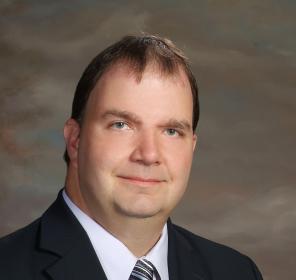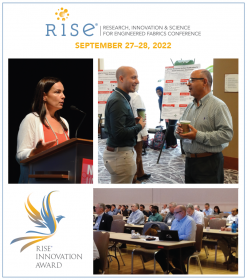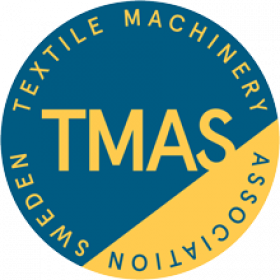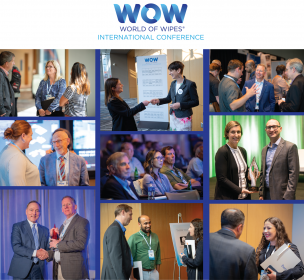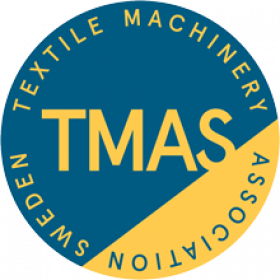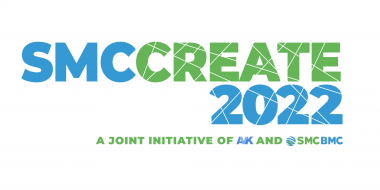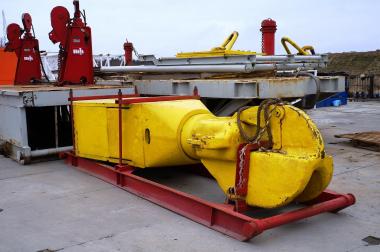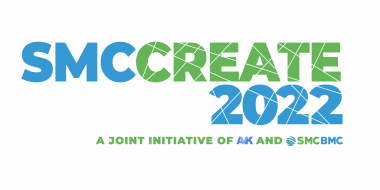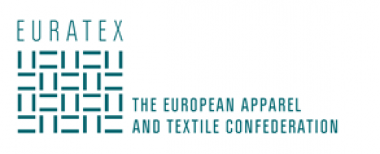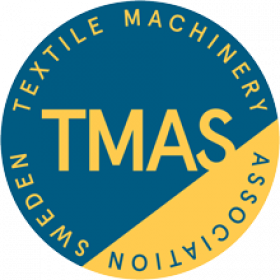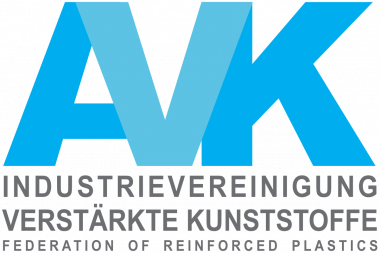Matt O’Sickey INDA’s New Director of Education & Technical Affairs
- Experienced nonwovens professional with extensive hygiene, food, medical, and packaging background will strengthen INDA’s key member service areas
INDA, the Association of the Nonwoven Fabrics Industry, announced the appointment of Matt O’Sickey, Ph.D., as its new Director of Education & Technical Affairs. An accomplished market development, technology and product management executive, O’Sickey has more than 20 years of experience with Tredegar Film Products in the absorbent hygiene, food, and medical sectors.
Most recently, he held Director positions at RKW-North America in the areas of research and development, product design, application engineering, site operations, quality, and technology with a focus on breathable, and lamination films for controlled atmosphere packaging.
At INDA, O’Sickey will direct and expand workforce development programs for all industry members, manage the international harmonized standards activities, and play a leadership role in INDA’s product stewardship working groups and conference content development committees.
O’Sickey has a Ph.D. in Chemical Engineering and a Master’s degree in Engineering Administration, both from Virginia Tech as well as a Bachelor of Science in Chemical Engineering from Purdue University. He holds three U.S. patents. He will operate out of INDA’s offices in Cary, NC.
O’Sickey succeeds Chris Plotz who left INDA to pursue other interests.
INDA


